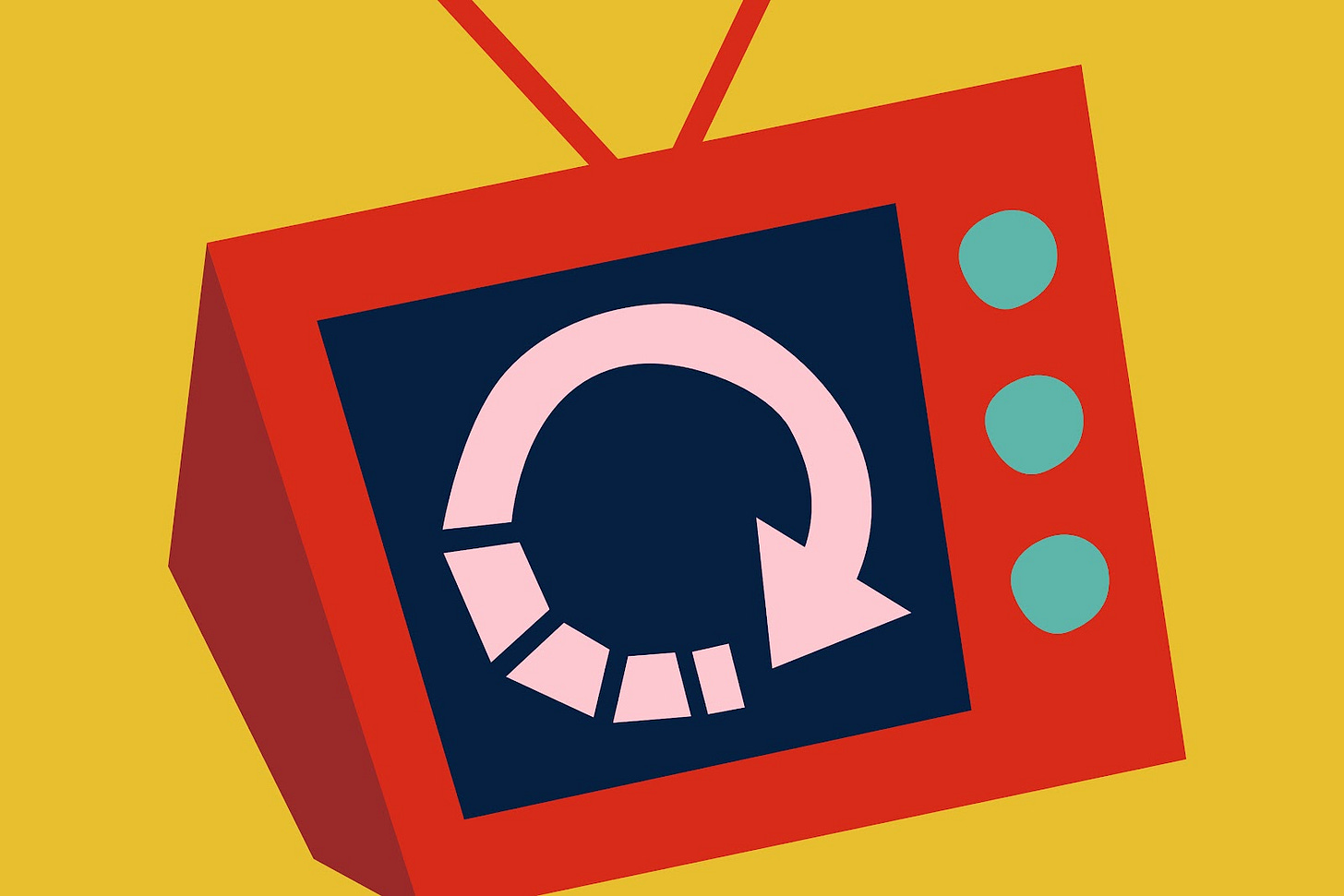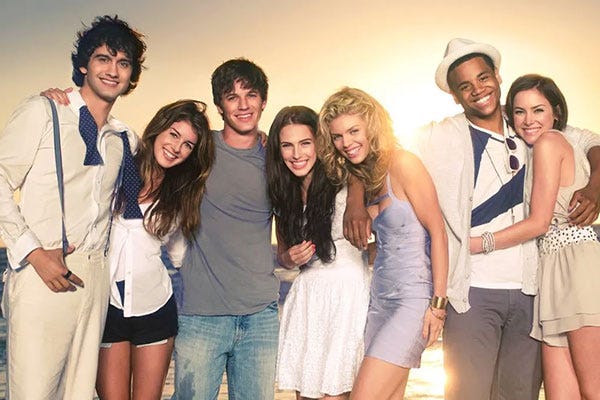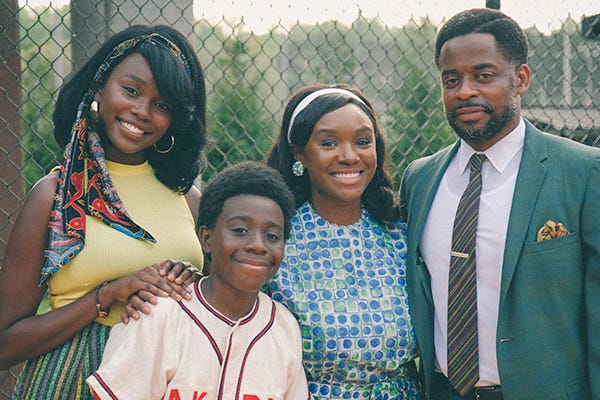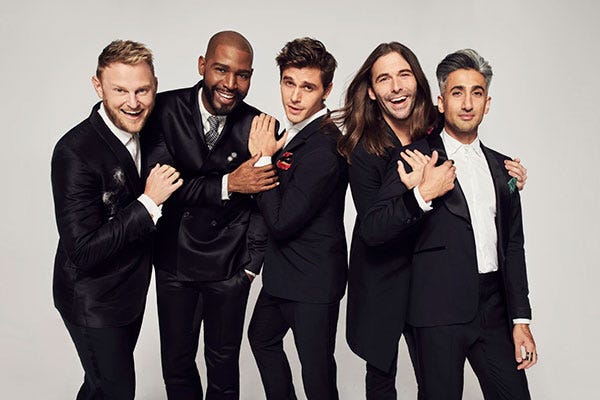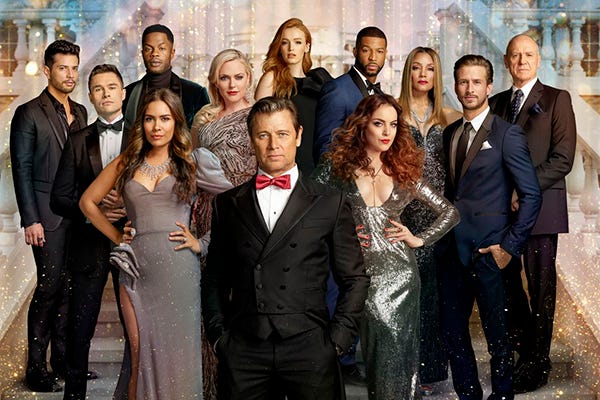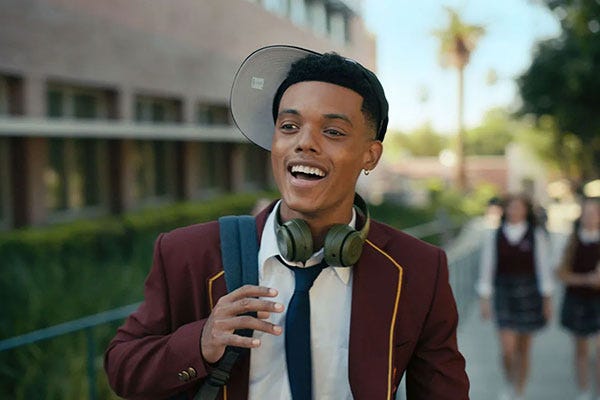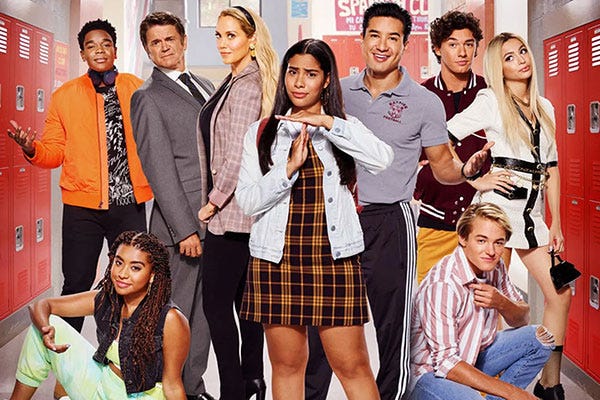Classic Stories, Fresh Series: TV Reboots We Didn’t Know We Needed
Content makeovers that we actually love!
Reboots have become a huge part of the pop cultural zeitgeist. Fans love IP they’re familiar with, and so it is fun to revisit shows and movies of the past in hopes that creators can add a different interpretation of something we’re familiar with or a fresh spin on an old story. While the sheer amount of reboots might feel overwhelming, there are those that add thoughtful and exciting elements to an existing formula, and can delight fans of the original as well as help the franchise find newer audiences. We put together a list of some of our favorite TV reboots; we want to hear your faves in the comments!
One Day At A Time
The One Day at a Time sitcom reboot that aired from 2017 to 2020 reimagines Norman Lear’s 1970s sitcom through the lens of a Cuban-American family. The reboot blends a classic sitcom structure with a modern story and themes. While the original followed a white single mother raising two daughters, the new series features Penelope, a Latina Army veteran navigating life as a single mom with her mother and two kids. Viewers enjoy the updated focus on timely issues like immigration, PTSD, racism, LGBTQ+ identity, and generational conflict, all while maintaining a heartfelt and comedic tone. The updated One Day At A Time stands out for its cultural specificity, emotional depth, and socially conscious storytelling.
90210
The classic teen drama, Beverly Hills, 90210 didn’t just get one, but two reboots–both very different. 90210, which aired from 2008–2013, serves as a modern continuation of the iconic original drama from the ‘90s, introducing a new generation of students at West Beverly High while incorporating appearances from original cast members. The original series was without a doubt groundbreaking and the first show of its kind, tackling teen issues and interior lives of high school kids in a certain demographic. And this reboot updates the drama with 2000s-era concerns like social media, addiction, and fame culture. It retains the core elements of high school romance, wealth, and scandal, but with a glossier, faster-paced style and a more diverse cast. The blend of nostalgia with contemporary storytelling appeals to both new viewers and longtime fans.
The BH90210 reboot that aired in 2019 takes a unique and meta approach by having the original cast of Beverly Hills, 90210 play exaggerated versions of themselves in a fictionalized version of their lives. Unlike the 2008 reboot, which focused on a new generation of characters, this series brings back the original stars—such as Jason Priestley, Shannen Doherty, and Jennie Garth—reuniting them in a humorous, self-aware storyline where they navigate the complexities of fame, aging, and personal drama. The show blurs the line between reality and fiction, blending nostalgic references to the original series with a more comedic and often satirical tone, offering a playful look at both the past and the present of the iconic franchise.
The Wonder Years
The Wonder Years, which aired from 1988 through 1993, is a coming-of-age family sitcom that follows Kevin Arnold, the youngest son of a suburban American family through his teenage years during the late 1960s/early 1970s. It was critically acclaimed, highly rewatchable for its timeless quality, and launched the careers of its young stars. A reboot, which aired from 2021-2023, reimagines the beloved series by shifting its perspective to a Black middle-class family in 1960s Montgomery, Alabama. While the original focused on a white suburban boy navigating adolescence during the turbulent era, the reboot explores similar themes—family, friendship, and growing up—but through the lens of a 12-year-old Black boy, Dean. The reboot offers a fresh and historically nuanced viewpoint in a way the original only touched on. The original series deliberately did not place the story in a particular location, because the focus was on a typical American family living in a typical American suburb. Instead, the series zeroed in on the interior lives of suburban kids during a significant time in American history and left it there. But the reboot is strategically set in Montgomery, to give context and ground the story in the growing Civil Rights movement of the time. While the reboot offers a starkly different look at suburban living through a Black family’s eyes, it retains the nostalgic tone and voiceover narration of the original and feels close to the source material. But it deepens the narrative by addressing issues like racism, civil rights, and cultural identity, making it both a tribute and a meaningful evolution of the original.
Queer Eye
In the early 2000s, Queer Eye for the Straight Guy introduced us to the original Fab Five: five gay men, each with a different creative specialty, who would give makeovers to straight men. Unlike other makeover shows, Queer Eye for the Straight Guy took a well-rounded approach to helping their subjects feel better about all aspects of their lives, from their clothes and hygiene routines to their living spaces. But the real zest of the show was in both the humor and heartwarming moments: in a time where homophobic sentiments were prevalent, this show bridged the gap. Premiering on Netflix in 2018, a reboot, now shortened to Queer Eye, features a new Fab Five and refreshes the original with a deeper emotional focus and a broader, more inclusive mission. While the original focused on style for straight men, the reboot expands its reach to people of all genders, backgrounds, and orientations, emphasizing personal growth, vulnerability, and empowerment. The new show goes even further beyond surface-level changes to help participants confront internal struggles, societal pressures, and self-worth. This more empathetic, socially aware approach makes the reboot as much about healing and connection as it is about transformation. The reboot maintains the essence of the original, which was about individual empowerment and connection between the gay and straight communities. The new show is a further celebration of identity and diversity, and highlights the needs and emotions that we all have in common.
Dynasty
The Dynasty reboot that aired from 2017 to 2022, airing on The CW, reimagined the glitzy 1980s soap opera with a modern twist, featuring a more diverse cast, faster pacing, and a heightened sense of self-awareness. While the original series focuses on oil tycoon Blake Carrington and his family’s dramatic rivalries and romances, the reboot leaned into younger characters, corporate intrigue, and social media-era drama. Still, the essence of the original show is evident in the reboot as the characters are as dramatic as they would be in a typical ‘80s soap–and it is so much fun. But the reboot updates the iconic catfights and power plays with a campier tone and more progressive storylines, including LGBTQ+ representation and complex female leads, distinguishing it from its more traditional predecessor.
Bel-Air
The Fresh Prince of Bel-Air is one of the most successful sitcoms of all time and was a defining television show of the 1990s. A reboot could have gone very badly–how can you reinvent something that is so uniquely iconic and synonymous with a major A-list celebrity like Will Smith? The answer is an entirely new interpretation, a drama titled Bel-Air that premiered in 2022. This new show reimagines the original as a dramatic, character-driven series with no laugh track. While the original was a lighthearted comedy blending humor with occasional serious moments, Bel-Air takes a grittier, more realistic approach, exploring class, identity, race, and trauma in greater depth. It retains the core premise—Will moving from West Philly to live with wealthy relatives in Bel-Air—but modernizes the story with nuanced character arcs and updated cultural references. The reboot transforms familiar characters into more complex versions of themselves, offering a fresh, dramatic lens on a classic narrative.
Saved By the Bell
The original sitcom Saved by the Bell is also one of the most iconic series of all time. Zach Morris and his friends defined a generation, and the folks who watched it when they were young have grown up with its stars. With that nostalgic and ever-present connection from the fans, the reboot’s approach is perfect fan service. Premiering in 2020, the new Saved By the Bell show brings viewers back to Bayside High with a sharp, self-aware twist that sets it apart from the original ‘90s teen sitcom. While the original focused on light, episodic teenage hijinks, the reboot blends nostalgia with satire, poking fun at its own past while tackling modern social issues like privilege, diversity, and educational inequality. Original characters like Zack, Slater, and Jessie appear prominently in the show in adult roles, which lends itself to self-aware humor up against a new, more diverse cast of students from different socioeconomic backgrounds. The result is a show that’s both a playful homage and a smart, updated reflection of today’s high school experience, and a sharp look back on the original show’s failure to recognize Zack Morris’ privilege.
Want more? Our Discord is where you’ll find tons of folks chatting in our forums about the books, TV shows, movies, music, and games we all love! Don’t forget to follow us on Instagram, tumblr, and Spotify for more storyworld content—and hit that subscribe button so you never miss a thing at rmrk*st!



